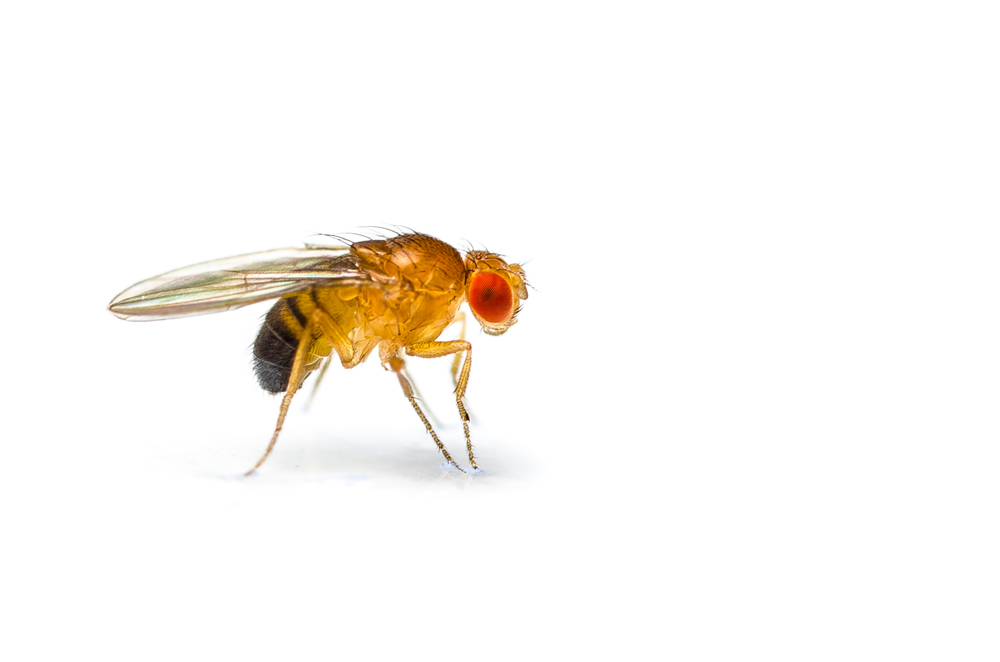Iron-Regulating Mechanism May Open Door to New Porphyria Therapies, Study Suggests
Written by |

A tissue-specific mechanism was found to take part in the regulation of iron levels in the body, a discovery that may have implications for new therapies for diseases such as porphyria, a study in fruit flies suggests.
The study, “Glycogen branching enzyme controls cellular iron homeostasis via Iron Regulatory Protein 1 and mitoNEET,” was published in the journal Nature Communications.
Iron is a vital component of cells’ proper functioning. It’s important for the transport of oxygen in the blood and for the production of steroid hormones, such as estrogen and testosterone, as well as having other functions. However, too much iron is toxic to cells, so its levels need to be tightly controlled.
However, the mechanisms of iron regulation are still not fully understood.
“Having too much or too little iron can be very damaging for our cells. The bottom line is, every cell needs to have strict control over iron levels,” Kirst King-Jones, associate professor at the University of Alberta’s Department of Biological Sciences and the study’s senior author, said in a news story.
“Because it is so versatile, regulating iron in our cells is extremely important,” King-Jones said.
Iron regulatory protein 1 (IRP1) is a protein capable of sensing iron concentration and regulating its production by reversibly binding to iron-sulphur (Fe-S) clusters. When iron levels are normal, IRP1 is bound to Fe-S; in this form, the protein is called aconitase. But when these levels drop, IRP1 is released from the complex, assuming a different form, called Apo-IRP1, that travels to the cell’s nucleus, where it activates genes that provide instructions for making proteins involved in elevating iron levels.
Researchers at the University of Alberta looked at the prothoracic glands of the fruit fly (Drosophila melanogaster). In flies, this gland is responsible for producing steroid hormones, which need iron.
They found that a protein called Drosophila glycogen branching enzyme, or AGBE, plays an important role in iron regulation. The protein, similar to the human glycogen branching enzyme 1, had previously been linked to the metabolism of glycogen, an important form of energy storage in animals, but never to iron regulation. Loss of AGBE caused porphyria-like symptoms in the flies.
The researchers showed that AGBE interacts with IRP1 and with another protein, mitoNEET, which is capable of repairing IRP1 iron-sulphur clusters.
They also discovered a new role for aconitase in the nucleus, with the protein shutting down iron-dependent processes.
While Apo-IRP1 “responds to a drop in cellular iron and facilitates an increase of bioavailable iron,” the aconitase in the nucleus decreases “iron- and heme-dependent processes once peak iron demand is over,” the researchers said.
The regulation was tissue-specific and not a general mechanism of overall iron regulation. Moreover, because the study was done on fruit flies, “future studies will have to revisit this issue in vertebrates,” the authors wrote.
These findings suggest that diseases such as porphyria are “affected by the function of the aconitase and the level of iron in our cells,” King-Jones said, pointing to the potential for new therapies that manage iron levels.





